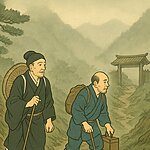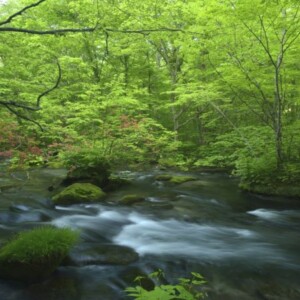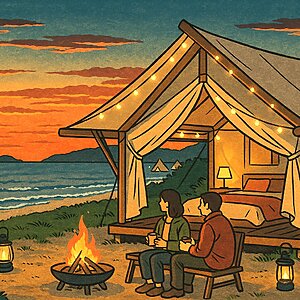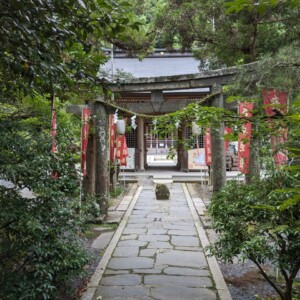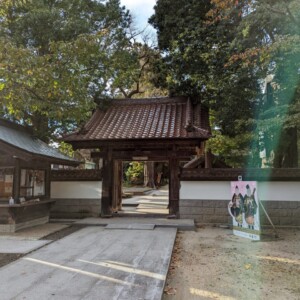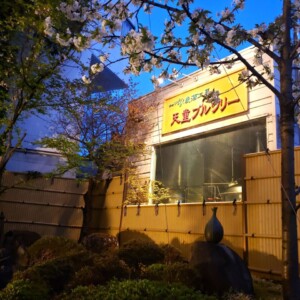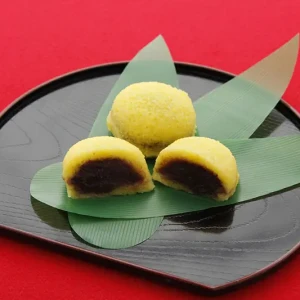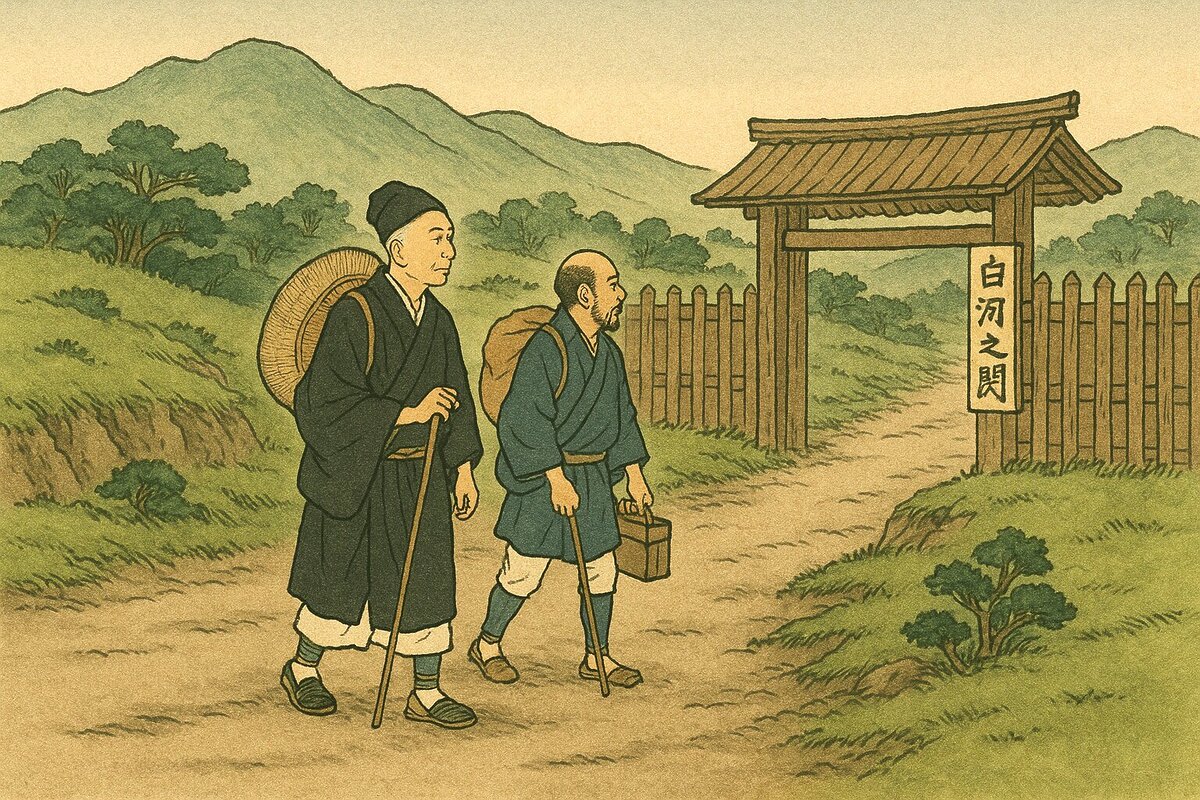
[Series: Following the Narrow Road to the Deep North ①] The journey through Tohoku begins with the "Shirakawa Barrier Crossing"
table of contents
- 1 What is Oku no Hosomichi?
- 2 [Shirakawa] Crossing the Shirakawa Barrier and entering Michinoku
- 3 [Sukagawa] 7 nights of haiku poetry at a fellow haiku poet's house
- 4 [Asakayama] [Shinobu Village] Head north along the Nakadori road to Fukushima City
- 5 [Senouejuku, the former site of Sato Shoji] [Iizuka] From Shinobu no Sato to Iizaka Onsen
- 6 [Oku no Hosomichi ①] What is the origin of the title Oku no Hosomichi?
- 7 summary
- 8 [Series: Following the Oku no Hosomichi] Series article
In the Edo period, when there were no airplanes, bullet trains, or automobiles, traveling on foot was the norm, and it was a life-risking journey fraught with great difficulties
Matsuo Basho not only traveled around Tohoku on foot during this time, but also left behind a travelogue of his journey along with haiku for future generations
It is so highly regarded that it is still included in school textbooks today, and I'm sure you've all seen its famous preface and haiku at least once
Here, we will trace the footsteps that Basho left behind in the Tohoku region, and introduce the current state of the places he visited as well as the haiku that were published in "Oku no Hosomichi" in seven articles
What is Oku no Hosomichi?
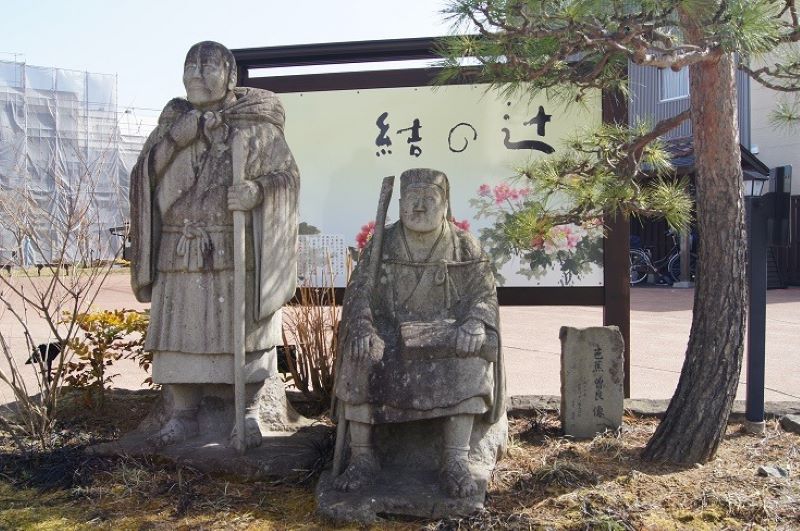
"Oku no Hosomichi" is a collection of travelogues written by haiku poet Matsuo Basho and his disciple Kawai Sora, who traveled on foot from Edo to Mutsu (Michinoku), and from the Hokuriku region to Ogaki in Gifu, composing haiku
The preface , "The days and months are travelers who continue on their eternal journey, and the years that come and go are also travelers," has been translated into Japanese and appears in textbooks as "The days and months are travelers who continue on their eternal journey, and the years that come and go are also travelers."
The book introduces the climate of Michinoku and the haiku poems written there, and a record of the journey of approximately 2,400 km over 156 days, starting from the start on March 27, 1689 (May 16, 1689 in the current calendar) .
[Shirakawa] Crossing the Shirakawa Barrier and entering Michinoku
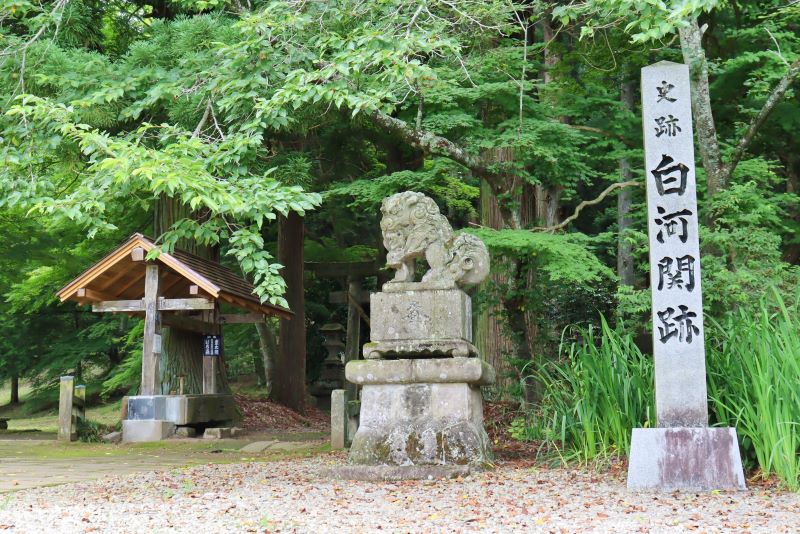
On April 20th (June 7th) in the second year of the Genroku era, the two accomplished one of Basho's long-cherished dreams, "crossing the Shirakawa Barrier," and set foot in Mutsu (Michinoku), home to many imaginative "utamakura" (features of poetry) that are often written about in waka poetry
They had thought that the "Sakai no Myojin" (Sakae Shrine) on the old Oshu Kaido (currently National Route 294) was the "Shirakawa Barrier," but in fact they discovered that this was not the case, and that the true remains of the barrier were located two ri (8 km) further east
We then traveled to a post town called Hatajuku, close to the remains of the checkpoint, where we stayed the night, and visited the remains of the checkpoint the next day
A flower arrangement of Udon flowers in Seki, a festive kimono (Sora)
This means, "Let's use the blooming unobtrusive flowers as hair ornaments in place of crowns and formal attire as we cross this barrier."
In the past, strict investigations were carried out at checkpoints, and travelers would enter the checkpoints in formal attire, including wearing a crown
Although Sora does not currently have a crown or formal attire, it is said that she hopes to at least use the unohana flower as a hair ornament in place of formal attire and pass through the checkpoint
Why didn't Basho compose a haiku at Shirakawa Barrier?
Although one of his main objectives was the Shirakawa Barrier, Basho did not compose a haiku there, and only this haiku written by Sora is included
The reason for this was that Sagara Tokyu, an acquaintance of Basho's who provided him with lodging in Sukagawa, asked him, "What kind of haiku did you compose at Shirakawa Barrier?"
Basho is said to have replied, "I was so moved that I was entranced by the scenery, and tired from the journey, I was unable to compose a haiku."
Shirakawa Barrier Site <Information>
- Facility name: Shirakawa Barrier Site
- Location: Shirakawa Seki, Hatayado Sekinomori, Shirakawa City, Fukushima Prefecture
- Phone number: 0248-32-2921 (Shirakawa Sekinomori Park Administration Building)
- Business hours: 9:00-17:00 (until 16:00 from November to March)
- Closed: New Year's holiday and the second Wednesday of every month (December to March only)
- URL: Shirakawa City Tourism Division Official Website
Google Map
[Sukagawa] 7 nights of haiku poetry at a fellow haiku poet's house
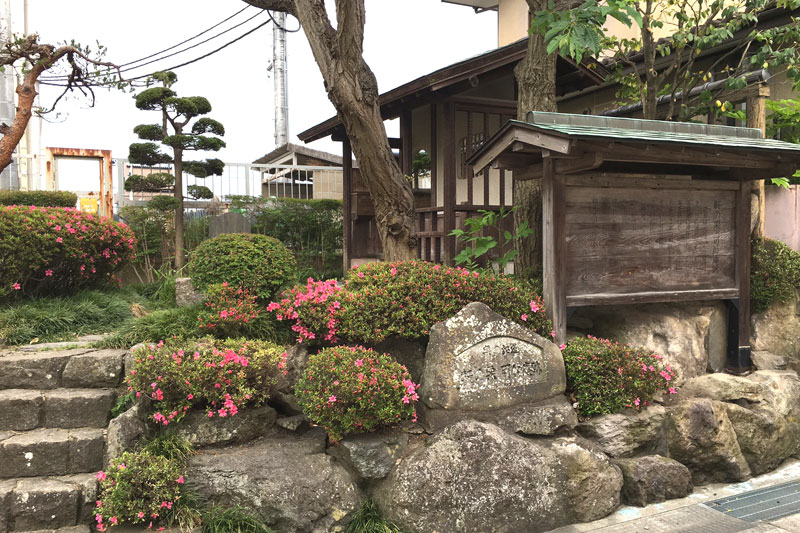
After leaving the Shirakawa Barrier site, Basho and his companions spent the night in Yabuki and Kagami-numa known for the Azuma Kagami Sukagawa , a large post town on the Oshu Kaido road, on April 22 (June 9) .
Here, Basho stayed for seven nights at the residence of Tomitsu, an old friend and fellow haiku poet who was also the stationmaster of Sukagawa-juku , and enjoyed the pleasure of haiku poetry. Traces of Basho's time there remain in various places in what is now Sukagawa City.
Among these, the Furyu no Hajimekan is particularly recommended as it has a wide variety of materials.
Furyu no Hajimekan <Information>
- Facility name: Furyu no Hajimekan (Former Sukagawa City Basho Memorial Museum)
- Address: 81-4 Honmachi, Sukagawa City, Fukushima Prefecture
- Phone number: 0248-72-1212
- Business hours: 9:00-17:00 (rental rooms 9:00-22:00, Sundays and holidays 9:00-20:00)
- Closed: Tuesdays (if Tuesday is a holiday, the following weekday), New Year's and New Year's holidays
- URL: Furyu no Hajimekan Official Website
Google Map
The elegant beginning of rice planting in the distance (Basho)
This is the first haiku that Basho wrote in Michinoku .
Basho, who did not compose any haiku at Shirakawa Barrier, is said to have composed this haiku, which was based on the rice planting that he saw taking place along the way, for his old friend Tokyu, whom he met for the first time in a long time, and as a commemoration of crossing the barrier
A flower that no one in the world will ever find: the chestnuts on the eaves (Basho)
It is said to mean that "chestnut flowers that bloom on the eaves of a hermitage are simple flowers that go unnoticed by the general public, but they are deeply charming and represent the personality of the hermitage's owner."
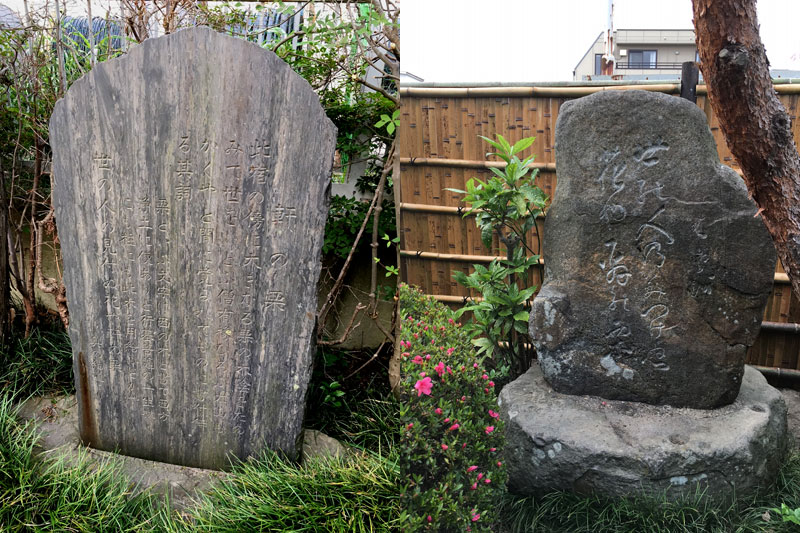
Basho heard rumors about a monk named Kashin who had built a hermitage in the shade of a chestnut tree near Tokyu's house and was living a secluded life there. He went to visit the monk and was struck by how similar his lifestyle was to that of his beloved monk Saigyo, and began to visit the hermitage frequently
Basho Haiku Monument at the Sukagawa Kanshinan Site <Information>
- Facility name: Basho Haiku Monument Sukagawa Kanshinan Site
- Address: 61 Honmachi, Sukagawa City, Fukushima Prefecture
Google Map
[Asakayama] [Shinobu Village] Head north along the Nakadori road to Fukushima City
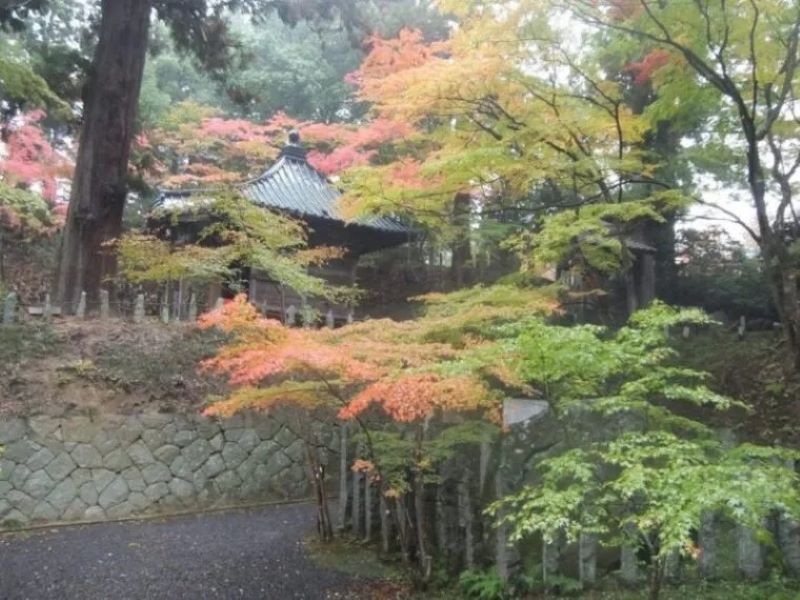
On April 29th (June 16th), we will stay overnight in Koriyama and walk north, making energetic stops at places like Kurozuka Cave , the site of the demon hag legend in Adachihara, Nihonmatsu City, and Otojigataki Falls on the Abukuma River
Then, on May 1st (June 18th), we will arrive in Fukushima City, the current prefectural capital of Fukushima Prefecture, where we will stay overnight
I visited Mojizuri Kannon Temple in Shinobu-no-Sato (present-day Yamaguchi, Fukushima City) saw the Shinobu-zuri Stone (Mojizuri Stone),
However, it is said that the Bunchi Suriishi stone was half buried underground at the time, and although Basho was disappointed inside, he pulled himself together and composed the following haiku
Picking seedlings, in my hands, the past, Shinobu-zuri (Basho)
The meaning is, "It was a long time ago that 'Shinobusuri' was performed in this place in Shinobu, and it can no longer be seen today, but at least we can look at the movements of the young girls' hands as they pick the seedlings and remember the past."
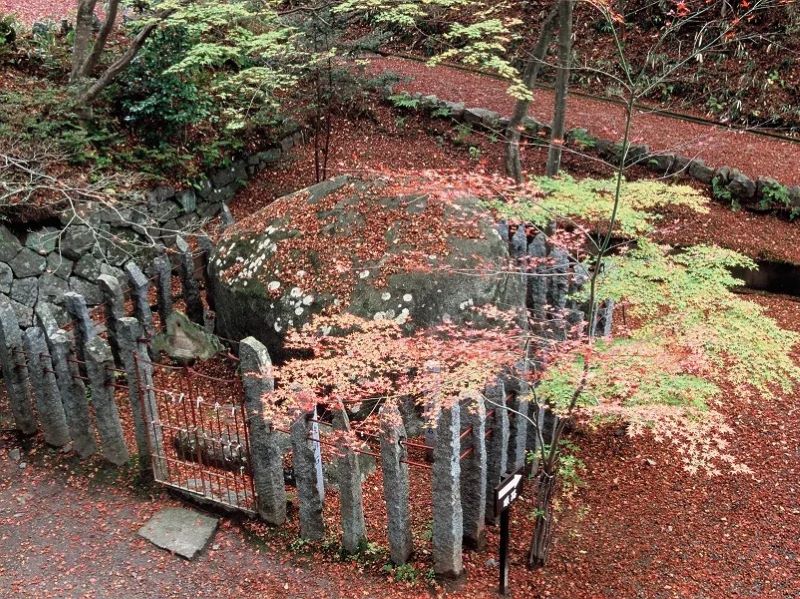
Bunchisuri Kannon <Information>
- Facility name: Fumon-in Temple Mojizuri Kannon
- Address: 70 Bunchi Surimae, Yamaguchi, Fukushima City, Fukushima Prefecture
- Phone number: 024-535-1471
- Visiting hours: 8:30-16:00
- URL: Soto Zen Kōzawasan Andōin Temple Official Website
Google Map
[Senouejuku, the former site of Sato Shoji] [Iizuka] From Shinobu no Sato to Iizaka Onsen
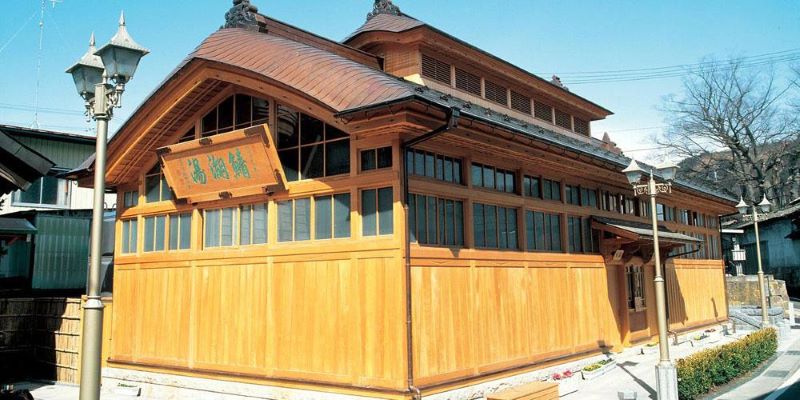
From Bunchizuri Kannon, the two are said to have taken a bath at Sabakoyu hot springs in Iizuka (Iizaka Onsen) complained that "both body and mind seemed to disappear."
Iizaka Onsen Sabakoyu <Information>
- Facility name: Iizaka Onsen Public Bath Sabakoyu
- Address: 32 Yuzawa, Iizaka-cho, Fukushima City, Fukushima Prefecture
- Phone number: 024-542-5223
- Business hours: 6:00-22:00
- Closed: Monday
- URL: Iizaka Onsen Public Bath Official Website
Google Map
However, I pulled myself together and set off from Iizaka, and on the way I visited the remains of the mansion of Sato Motoharu, who was also known as "Nobuo Shoji," and was the father of the Sato brothers Tsugunobu and Tadanobu, retainers of Minamoto no Yoshitsune
Basho was so moved when he learned that Yoshitsune's sword and the box that Benkei carried on his back were kept as temple treasures at Io-ji Temple, the family temple of the Sato family, that he composed a haiku poem about it
Let's decorate our backpacks and swords in May with paper banners (Basho)
It means that "Yoshitsune's sword and Benkei's backpack would be good to display together with paper flags on the Boys' Festival. The belongings of Yoshitsune and Benkei, who were known for their bravery, are perfect for the Boys' Festival."
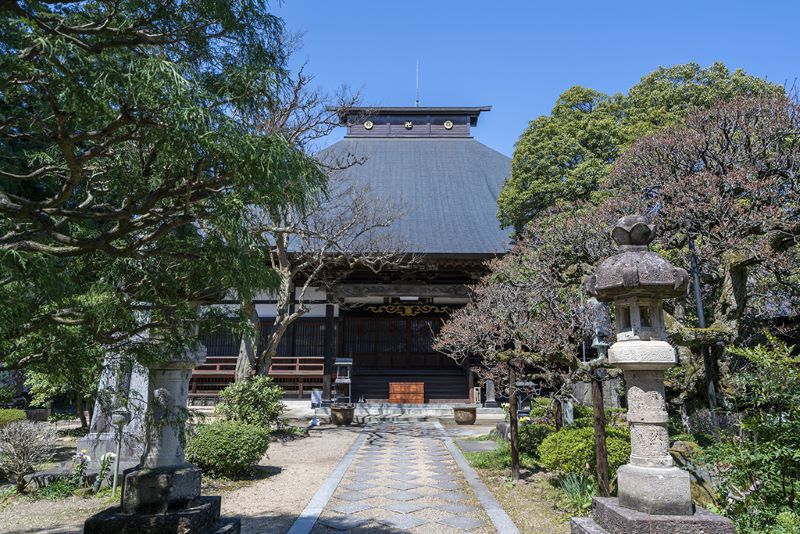
This poem, with the first five characters remaining, describes Yoshitsune and Benkei's feelings of sadness as they approach Hiraizumi, one of the goals of the journey
Iouji Temple<Information>
- Facility name: Rurikozan Ioji Temple
- Address: 45 Hiranojimae, Iizaka-cho, Fukushima City, Fukushima Prefecture
- Phone number: 024-542-3797
- Visiting hours: 8:30-17:00
- URL: Rurikozan Ioji Temple Official Website
Google Map
【Oku no Hosomichi①] What is the origin of the title Oku no Hosomichi?

"Oku no Hosomichi" is also written in hiragana as "Oku no Hosomichi," with "oku" referring to "Michinoku" or the "Tohoku region."
The word "narrow road" literally means a long, narrow road that is unreliable, and it is thought that Basho thought that the path of haiku was also a long, narrow one
It is also said that he was inspired by the utamakura (poem) "Tsutanohoshomichi" (The Narrow Road of Ivy) in Azumakudari, or that he was impressed by a picturesque road he saw in Sendai that was called "Oku no Hosomichi" (The Narrow Road to the Deep North)
summary
Basho traveled from Shirakawa City to Fukushima City and across the Nakadori region of Fukushima Prefecture, staying seven nights in a row in Sukagawa, and then traveled the approximately 50km distance from Koriyama to Fukushima in one day, continuing his carefree journey without being bound by time
Basho and Sora left Iizaka Onsen on May 3rd (June 20th) and headed north, passing through Fukushima Prefecture and entering Miyagi Prefecture on the same day, heading for Matsushima











